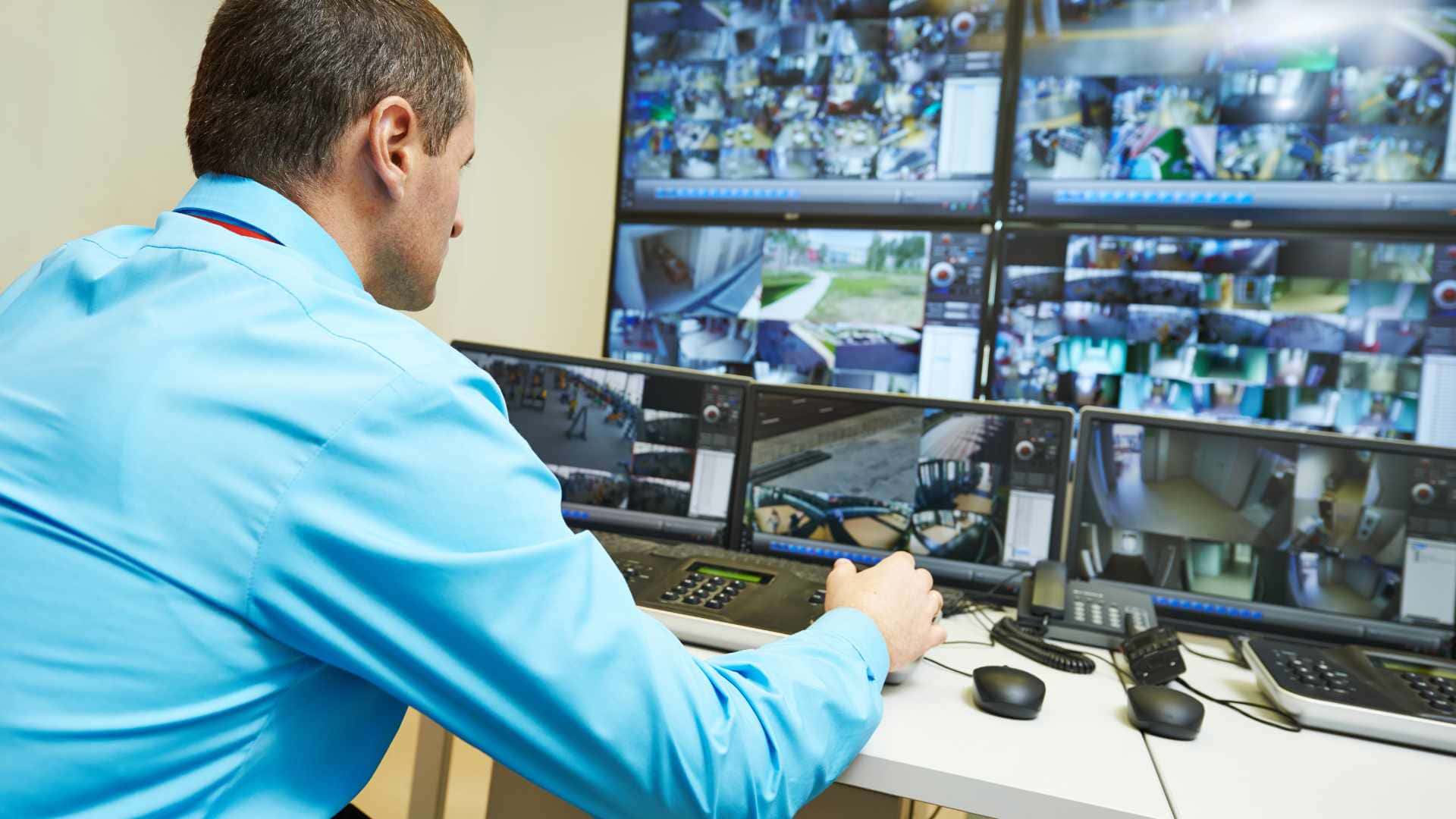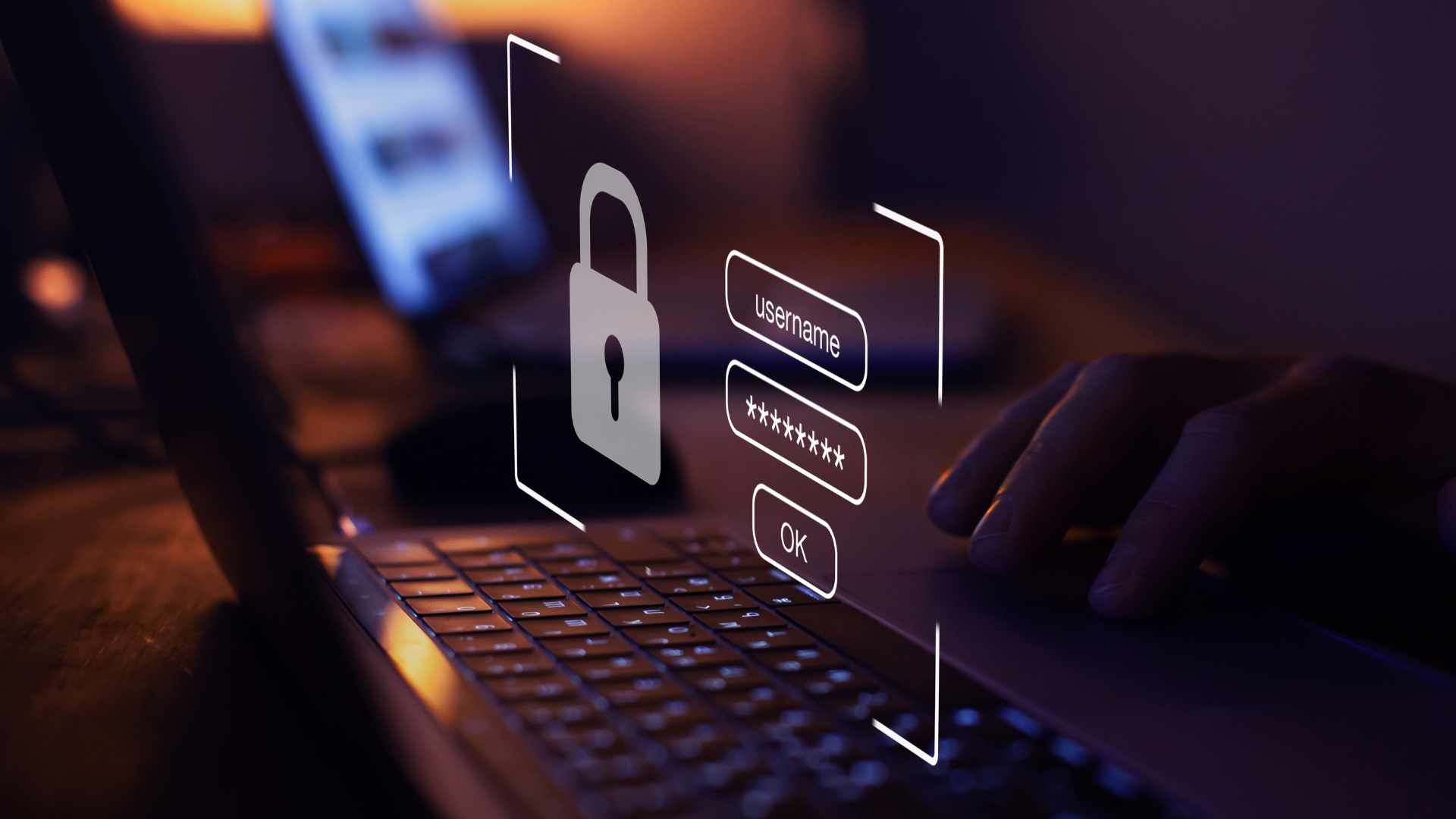As technological advancements continue to shape the way we protect our businesses, the need for a robust and effective security system has become paramount. But what exactly makes a security system effective? This blog aims to shed light on the key features that constitute an optimal business security system, helping you understand what to look for and why these features are essential.
From advanced surveillance cameras to comprehensive access control measures, integrating alarms, and fortifying cybersecurity, the components of a security system work together to create a safe and secure environment. Additionally, the role of trained security personnel and the benefits of centralized security management cannot be overlooked. Regular maintenance and timely updates ensure that your security system remains reliable and up-to-date.
Why is a Business Security System Important?
In an increasingly interconnected world, businesses face a multitude of security challenges that can threaten their operations, assets, and reputation. Without a proper security system in place, companies are vulnerable to a range of risks that can have devastating consequences.
One of the primary risks is theft, both from external intruders and internal sources. Unsecured premises are an easy target for burglars looking to steal valuable equipment, merchandise, or sensitive information. Internal theft, including employee fraud and embezzlement, can also occur without adequate surveillance and access control measures.
Another significant risk is vandalism. Unprotected businesses can become targets for vandals who damage property, leading to costly repairs and potential business interruptions. Additionally, businesses without robust security measures may find it difficult to claim insurance or may face higher premiums due to their increased risk profile.
Customers and partners are more likely to trust and engage with businesses that prioritise security. It demonstrates a commitment to protecting not just physical assets but also the personal information of clients and employees. The importance of a business security system cannot be overstated. By mitigating risks and providing numerous benefits, a robust security system is an essential component of any successful business strategy.
What Are the Benefits of a Centralised Security Management System?
A centralised security management system is a sophisticated solution that consolidates various security functions into a single, cohesive platform. This approach enables organisations to oversee and manage their security operations more efficiently and effectively. By integrating multiple security components, businesses can enhance their overall security posture while simplifying administrative tasks.
What Is Centralised Security Management?
Centralised security management refers to the integration and control of all security systems and devices through a unified platform. This system brings together diverse security components such as surveillance cameras, access control systems, alarm systems, and cybersecurity measures. By centralising these elements, organisations can monitor and manage their entire security infrastructure from one location, ensuring a more streamlined and coordinated approach to security.
Advantages of Integrating Various Security Components
- Enhanced Coordination: When different security components are integrated, they can work together more effectively. For example, when an access control system detects unauthorised entry, it can automatically alert surveillance cameras to focus on the area and trigger alarms. This level of coordination ensures a rapid and comprehensive response to security incidents.
- Improved Situational Awareness: A centralised system provides a holistic view of the security landscape, allowing security personnel to see the bigger picture. This enhanced situational awareness helps in identifying patterns, anticipating potential threats, and making informed decisions during emergencies.
- Streamlined Operations: Integrating various security components eliminates the need for separate management systems, reducing redundancy and simplifying operations. This streamlining not only saves time but also reduces the likelihood of errors and oversights.
- Cost Efficiency: A centralised system can be more cost-effective in the long run. By reducing the need for multiple standalone systems, organisations can lower their hardware, software, and maintenance costs. Additionally, the efficiency gains from a unified system can lead to further savings.
Ease of Monitoring and Managing Security from a Single Platform
- User-Friendly Interface: Centralised security management systems typically feature intuitive, user-friendly interfaces that simplify the monitoring and management of security operations. Security personnel can easily navigate the system, access real-time data, and respond to incidents promptly.
- Real-Time Monitoring: With all security components integrated into a single platform, real-time monitoring becomes more efficient. Security personnel can view live feeds from surveillance cameras, receive instant alerts from alarms, and monitor access logs simultaneously, ensuring that no detail is overlooked.
- Centralised Data Management: All security data is stored and managed in one place, making it easier to analyse and retrieve information. This centralisation aids in conducting thorough investigations, generating reports, and maintaining comprehensive security records.
- Scalability and Flexibility: Centralised systems are often designed to be scalable, allowing organisations to expand their security infrastructure as needed. Whether adding new cameras, access points, or alarm systems, a centralised platform can accommodate growth without significant disruption.
- Remote Access and Control: Many centralised security management systems offer remote access capabilities, enabling security personnel to monitor and manage security from anywhere. This flexibility is particularly beneficial for organisations with multiple locations or for managers who need to stay informed while off-site.
How Important is Regular Maintenance and Updates for Security Systems?
Regular maintenance and timely updates are crucial for ensuring the optimal performance and reliability of security systems. Just like any other technological infrastructure, security systems require ongoing attention to function effectively and to keep up with evolving threats.
Necessity of Regular Maintenance for Optimal Performance
Regular maintenance is essential to ensure that all components of a security system are functioning correctly. Over time, wear and tear can affect the performance of physical devices such as cameras, sensors, and access control mechanisms. Routine inspections and servicing help to identify and address issues before they lead to system failures.
For instance, dust and debris can accumulate on camera lenses, affecting the clarity of surveillance footage. Similarly, access control systems may experience malfunctions due to physical damage or electronic faults. Regular maintenance checks allow for the cleaning, repair, and calibration of these devices, ensuring they operate at peak efficiency.
Benefits of Updating Software and Hardware
Updating both software and hardware components of security systems offers several significant benefits:
- Enhanced Security: Cyber threats are constantly evolving, and manufacturers regularly release updates to patch vulnerabilities and improve defences. Keeping the system’s software up to date is crucial to protect against the latest security threats and hacking techniques.
- Improved Functionality: Software updates often include new features and enhancements that can improve the overall functionality and user experience of the security system. These updates can introduce more efficient ways to manage and monitor security operations, providing better tools for security personnel.
- Compatibility: Updating hardware and software ensures that all components of the security system remain compatible with each other. This is particularly important as new devices and technologies are integrated into the system. Compatibility issues can lead to malfunctions and reduced system performance.
- Extended Lifespan: Regular updates and maintenance can extend the lifespan of security system components by ensuring they continue to operate efficiently. This reduces the need for costly replacements and upgrades, ultimately saving the business money.
Scheduled Checks and Troubleshooting Tips
To maintain the integrity of a security system, businesses should establish a schedule for regular maintenance checks and updates. Here are some key practices:
- Routine Inspections: Conduct regular inspections of all security equipment, including cameras, sensors, access control panels, and alarm systems. Look for signs of wear, damage, or malfunction.
- Firmware and Software Updates: Schedule regular updates for all software and firmware. Set up alerts or reminders to ensure that updates are applied promptly. This includes updates for operating systems, security software, and any integrated applications.
- System Testing: Periodically test the entire security system to ensure that all components are working together seamlessly. This includes testing alarm triggers, camera feeds, access control functions, and communication links.
- Backup and Recovery: Regularly back up system configurations and data. Ensure that there are robust recovery procedures in place to restore the system quickly in case of failure or data loss.
- Training and Documentation: Keep security personnel trained on the latest system updates and maintenance procedures. Maintain detailed documentation of all maintenance activities, updates applied, and any issues encountered.
- Professional Servicing: Consider engaging professional security service providers for comprehensive maintenance and updates. These experts can offer specialised knowledge and tools to keep the system in top condition.
Conclusion
These practices are not merely optional; they are essential to ensure the optimal performance of your security infrastructure. Regular maintenance is crucial for identifying and addressing wear and tear in physical devices, ensuring that cameras, sensors, and access control mechanisms operate smoothly. This proactive approach helps prevent system failures and guarantees that your security measures are always at their best.
Updating software and hardware is equally important. These updates provide enhanced security, improved functionality, and compatibility with new technologies, all of which contribute to a robust and effective security system. By keeping your systems up to date, you protect against the latest threats and extend the lifespan of your equipment.
Establishing a schedule for routine inspections, system testing, and professional servicing ensures that your security system remains in peak condition. Regular backups, thorough documentation, and ongoing training for security personnel further strengthen your security posture.
The importance of regular maintenance and updates for security systems cannot be overstated. These practices ensure that your security infrastructure is always ready to protect your business, employees, and assets from a wide range of threats. By prioritising maintenance and updates, you invest in the long-term reliability and effectiveness of your security systems, providing peace of mind and a safer environment for all.
FAQs About Business Security System
What Are The Key Components Of An Effective Business Security System?
An effective business security system includes advanced surveillance cameras, comprehensive access control measures, integrated alarm systems, and robust cybersecurity protocols. These components work together to protect against theft, vandalism, unauthorised access, and cyber threats. Additionally, trained security personnel and centralised security management systems enhance overall security.
Why Is High-Definition Video Quality Important In A Surveillance System?
High-definition (HD) video quality is crucial because it provides clear and detailed footage, allowing for accurate identification of individuals, objects, and activities. HD cameras capture fine details such as facial features and licence plates, which are essential for investigations and legal proceedings. They also deter criminal activities by making it evident that high-quality surveillance is in place.
How Do Access Control Systems Enhance Security?
Access control systems regulate who can enter or exit specific areas within a business premises. They use various authentication methods such as keycards, biometric scanners, and mobile access to grant or deny entry. These systems enhance security by restricting access to sensitive areas, providing real-time monitoring of entry activities, and offering customisable permissions to minimise internal security threats.
What Is The Role Of Alarm Integration In A Security System?
Alarm integration is critical for providing comprehensive protection against various threats, including unauthorised entry, fire, and environmental hazards. Integrated alarms ensure real-time alerts and notifications, enabling prompt responses to incidents. They also work seamlessly with other security components, such as surveillance cameras and access control systems, to provide a coordinated and efficient security management approach.
Why Is Regular Maintenance And Updating Of Security Systems Important?
Regular maintenance and updates are essential for ensuring the optimal performance and reliability of security systems. Maintenance checks help identify and address issues before they lead to system failures. Updating software and hardware protects against the latest security threats, improves functionality, ensures compatibility with new technologies, and extends the lifespan of the security system components.


